QUINTESSENTIAL HISTORY BOOKS ON CHICAGO Read up on the Greatest City in the World
Few cities have been studied more than Chicago, notably during the turn of the 20th century. Many of the names attached to Chicago involve riveting tales: Kinzie, Burnham, Jackson, Capone, Daley, Addams. Chicago has served as the birth of the skyscraper, the center of many race and labor battles, the home to famous gangsters, a home to notable artists and activist and a source of numerous political scandals. In truth, one could read hundreds, if not thousands of books focused on Chicago’s history. So, here’s ten to get you started, including background on six of them.
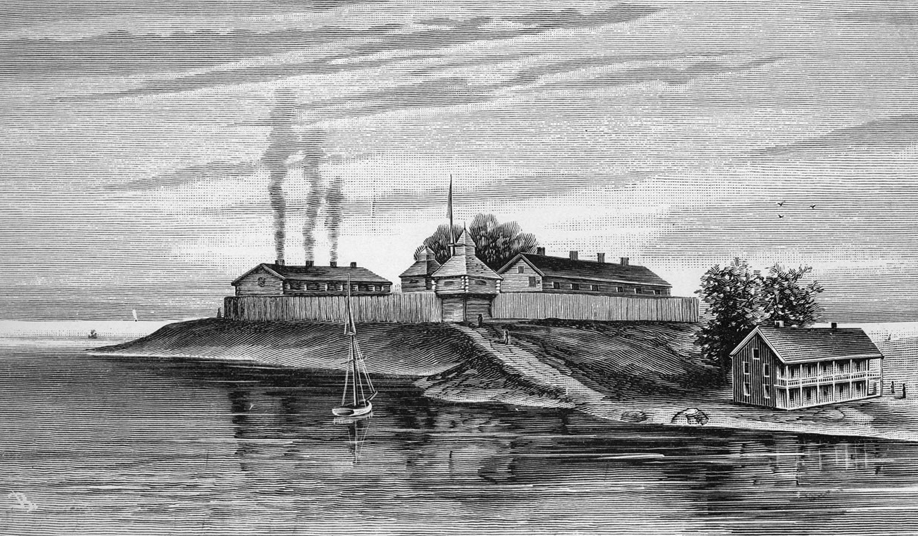
Ann Durkin Keating, Rising Up from Indian Country: The Battle of Fort Dearborn and the Birth of Chicago, University of Chicago Press, 2012
Examine how it transitioned from Native American to U.S. Settlement. Keating details the complicated interplay between French, Americans, and the Native Americans; figures such as Jean Baptiste Point du Sable and John Kinzie and also the events surrounding the August 1812 battle of Fort Dearborn.
Few can tell that story better than Dr. Keating, who not only wrote this book but played an integral part in developing the incredibly detailed and comprehensive Encyclopedia of Chicago.
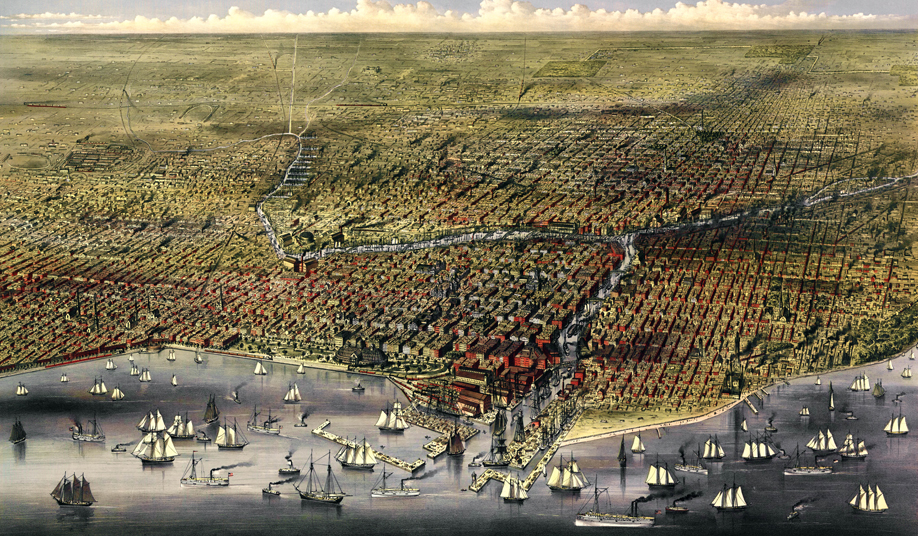
William Cronon, Nature's Metropolis: Chicago and the Great West, W.W. Norton & Co., 1992
This Pulitzer Prize finalist and Bancroft Prize winning urban-environmental & economic study serves as the authoritative account of Chicago’s rapid transformation from swampland to a major city.
Cronon demonstrates how post-industrial economics fostered an accelerated connection between Chicago and its hinterlands, resulting in the commodification of the region’s natural resources. Investors viewed Chicago as ripe with potential, leading to substantial railroad investment, which also tremendously altered (shortened) people’s relationship with space.
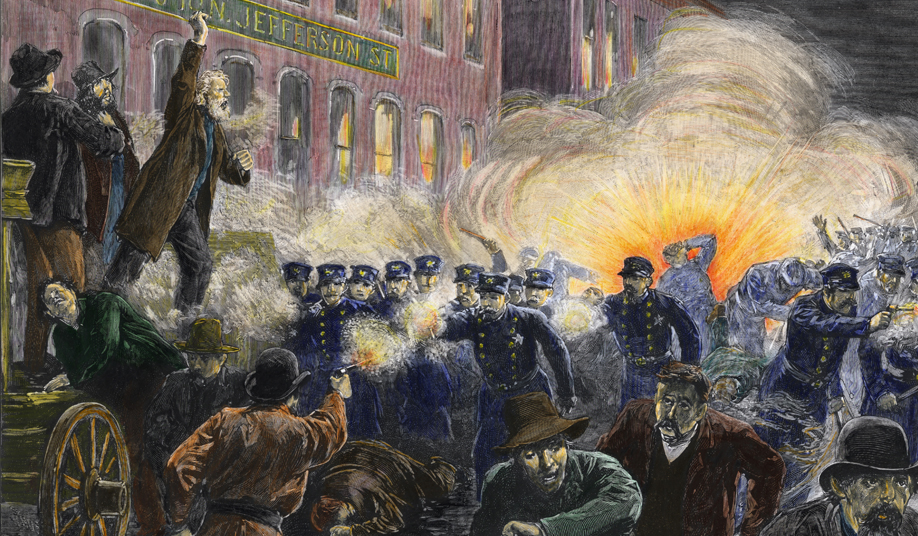
James R. Green, Death in the Haymarket: A Story of Chicago, the First Labor Movement and the Bombing That Divided Gilded Age America. Penguin Random House, Inc. 2006
Chicago has long served as an epicenter for both labor disputes and contentious relationships between demonstrators and city police, the genesis of which began with the Haymarket Affair. The workers holiday known as May Day, which was celebrated by the Soviet Union, the Occupy Movement, and other worker-centric communities, arose during a tumultuous week-long period of protests in Chicago that culminated in the May 4, 1886 Haymarket bombing. The clash between labor groups, anarchists, and police resulted in seven dead policemen and sixty injuries, followed by a controversial trial, hangings, and pardons.
The Haymarket Affair begat a legacy that’s still felt in the 21st century, such as when protesters met at the Haymarket statue during the 2012 North Atlantic Treaty Organization (NATO) meeting held in Chicago.
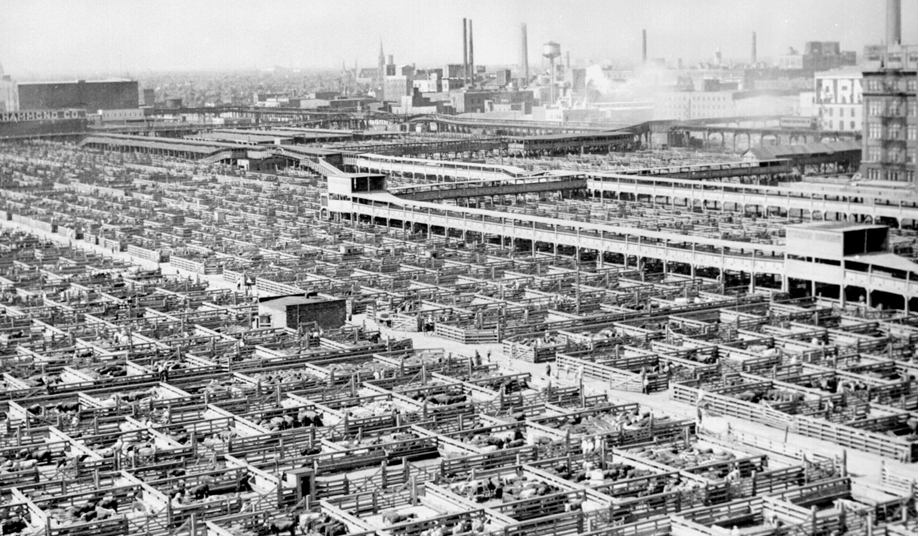
Dominic A. Pacyga, Polish Immigrants and Industrial Chicago: Workers on the South Side, 1880-1922, University of Chicago Press, 1991
You may not be Polish nor a Southsider, but to understand Chicago’s immigration story and its “hog butcher to the world” label, it behooves one to explore the history of those who lived amidst the stench and filth in the infamous Back of the Yards neighborhood. Pacyga shows how Poles created Southside communities in an attempt to preserve their Polish customs through language, religion, and culture. However, the harshness of industrial life forced Poles to think less about cultural unions and much more about labor unions; it seemed advantageous to align with those of the same economic class rather than those who spoke the same language.
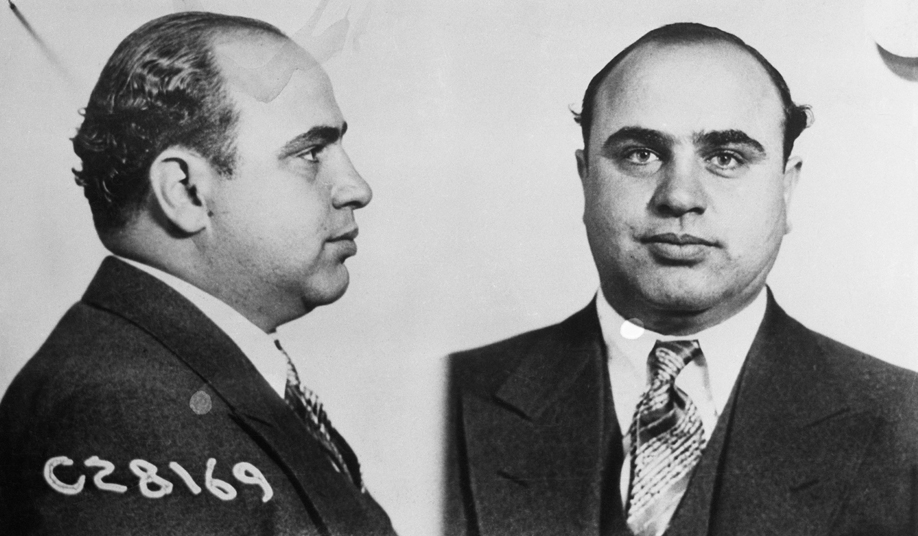
John J. Binder, Al Capone's Beer Wars: A Complete History of Organized Crime in Chicago during Prohibition. Penguin Random House, 2017
Written not by a historian, but a Professor Emerita of UIC’s Business School. His knowledge of economics and business offers readers an opportunity to gain a new perspective on the complete history of organized crime in Chicago during Prohibition (1920-1933). Binder is a well-regarded authority on Chicago’s organized crime syndicate. He looks into everything from bootlegging to prostitution and gambling to narcotics, as well as the efforts by federal and local authorities to subvert their illegal pursuits.
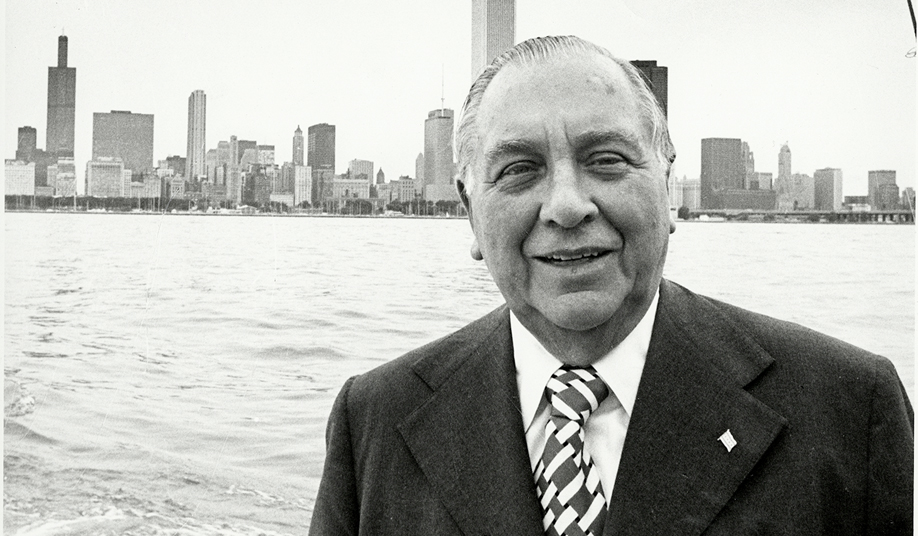
Mike Royko, Boss: Richard J. Daley of Chicago, Penguin Random House, 1988
As the 20th century progressed, The Daley family emerged as Chicago’s ipso facto royal family, with “Daddy Daley" its most powerful figure. Royko explores Richard J. Daley from his days as an inauspicious youth on Chicago’s South Side to his days as Mayor and head of the "Democratic machine," where he earned the title, “The Boss.” The book shows how Daley controlled elections, orchestrated city contracts, wielded influence on state and federal elections and exhibited plenty of racism along the way. Meanwhile, during his term, Chicago's downtown grew, and its expressway system was constructed.
Other Books That Complete One’s Introduction to Chicago’s History
Robert Bone, Richard A. Courage, and Amritjit Singh, The Muse in Bronzeville: African American Creative Expression in Chicago, 1932-1950. Rutgers University Press, 2011
Chicago’s “black metropolis” evolved on the Southside, which inspired the creation of the Chicago Defender, Chicago Blues, and so much more.
Thomas A. Guglielmo, White on Arrival: Italians, Race, Color, and Power in Chicago, 1890-1945. Oxford University Press, 2004
The much-maligned southern European immigrants (such as Italians) first related to African Americans. However, they were indeed white, and that eventually led to a rivalry.
Louise W. Knight, Citizen: Jane Addams and the Struggle for Democracy, University of Chicago Press, 2005
Jane Addams did everything from help poor immigrants to serve as a city garbage inspector. Her story is never one that should be ignored when studying Chicago, if not the world.
Carl Smith, The Plan of Chicago: Daniel Burnham and the Remaking of the American City (Chicago Visions and Revisions), University of Chicago Press, 2006
The vision of the 1909 Plan of Chicago can still be seen today in Chicago’s spectacular lakefront and downtown design. But, the details of how that came to fruition are something to behold.






